Optimal Timing for Foundation Liftings
Foundation liftings are typically performed during periods of stable ground conditions to ensure safety and effectiveness. The optimal timing depends on several factors including soil type, weather patterns, and structural requirements. Proper timing can minimize risks such as soil movement or water infiltration, which can compromise the lifting process.
Spring and fall often provide ideal conditions due to moderate temperatures and stable soil moisture levels.
Dry periods with minimal rainfall are preferable to prevent soil expansion or contraction during lifting.
Clay soils are more stable for liftings during dry seasons, while sandy soils may require different timing based on moisture levels.
The timing should align with construction schedules and structural assessments to avoid delays.
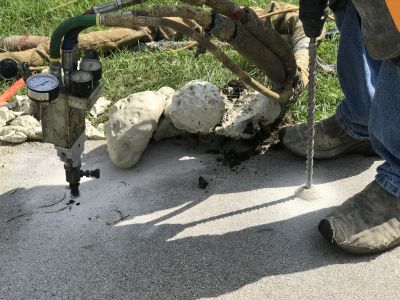
Ways to make Foundation Liftings work in tight or awkward layouts.

Popular materials for Foundation Liftings and why they hold up over time.
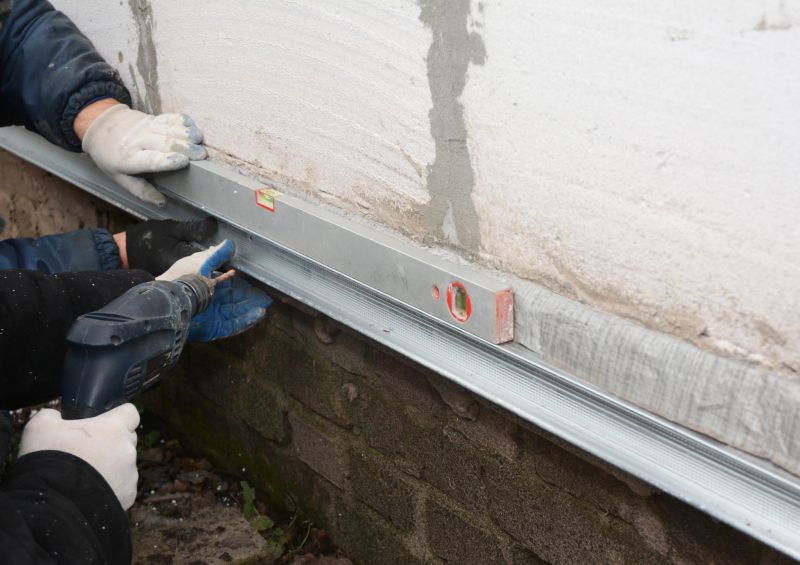
Simple add-ons that improve Foundation Liftings without blowing the budget.
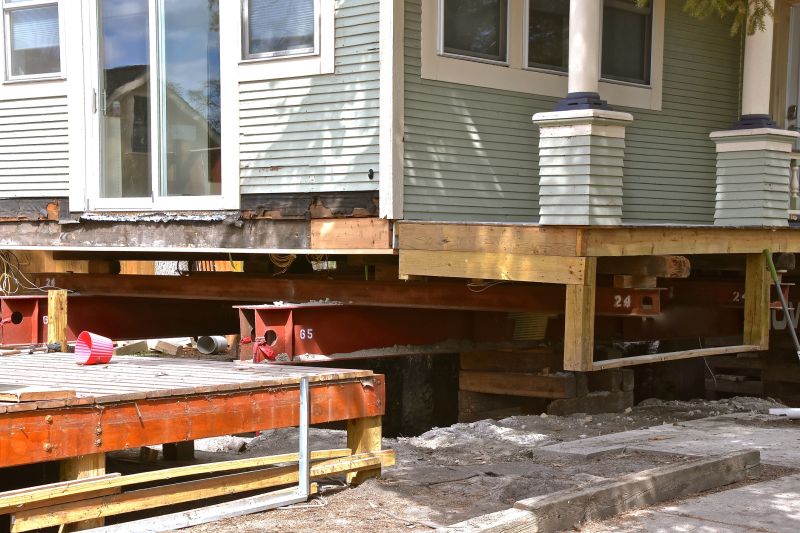
High-end options that actually feel worth it for Foundation Liftings.

Finishes and colors that play nicely with Foundation Liftings.

Little measurements that prevent headaches on Foundation Liftings day.

A 60-second routine that keeps Foundation Liftings looking new.
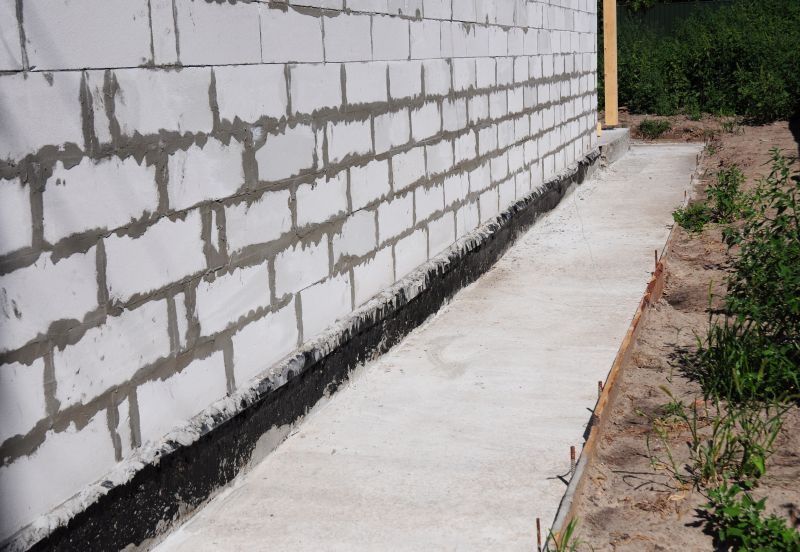
A frequent mistake in Foundation Liftings and how to dodge it.
| Factor | Optimal Timing |
|---|---|
| Temperature Stability | Moderate temperatures are ideal |
| Soil Moisture | Dry or stable moisture levels |
| Weather Conditions | Periods with minimal rainfall |
| Construction Schedule | Align with project timelines |
| Soil Type | Clay soils in dry season, sandy soils as needed |
Foundation liftings involve raising and stabilizing a building's foundation to correct settling or unevenness. This process can prevent structural damage, improve safety, and extend the lifespan of the building. Accurate timing is crucial to avoid complications such as soil movement or water infiltration that can affect the lifting's success.
Statistics indicate that foundation liftings performed during optimal weather conditions have a higher success rate, with fewer complications and reduced remediation costs. Proper planning based on seasonal and soil conditions ensures the stability of the structure during and after the process.

Small tweaks to make Foundation Liftings safer and easier to use.

Lower-waste or water-saving choices for Foundation Liftings.
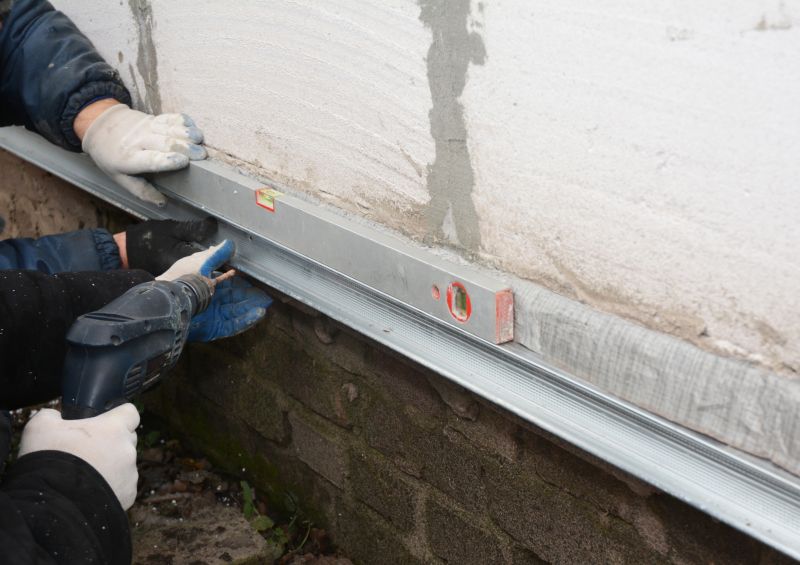
The short, realistic tool list for quality Foundation Liftings.

Rough timing from prep to clean-up for Foundation Liftings.

Quick checks and paperwork to keep after Foundation Liftings.

Examples that show the impact a good Foundation Liftings can make.

Ways to make Foundation Liftings work in tight or awkward layouts.
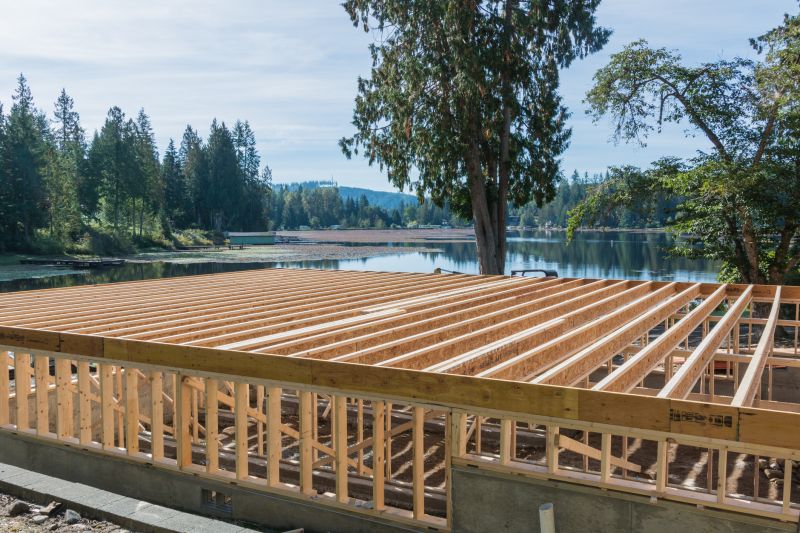
Ways to make Foundation Liftings work in tight or awkward layouts.
Interested parties are encouraged to contact for more information or to discuss specific foundation lifting needs. Proper timing and planning can significantly impact the success of the project and the longevity of the structure.



